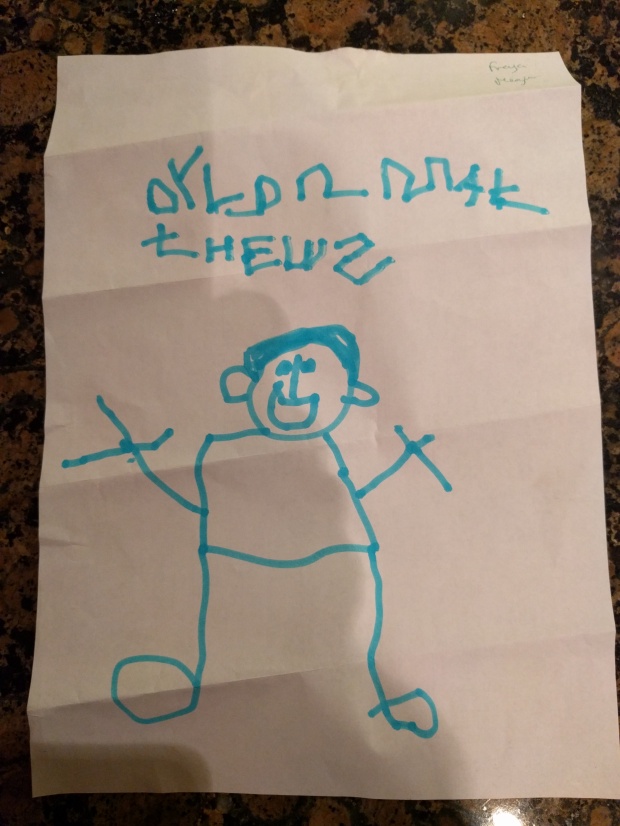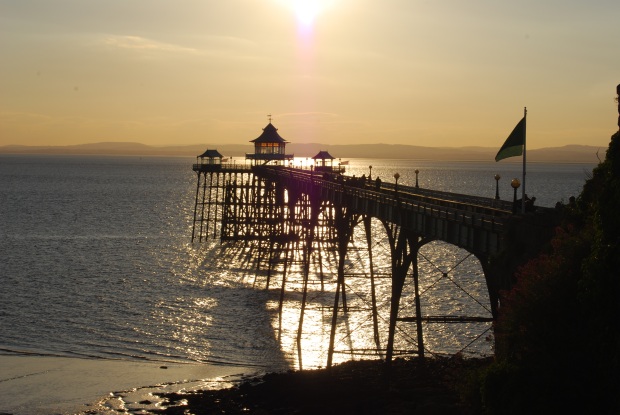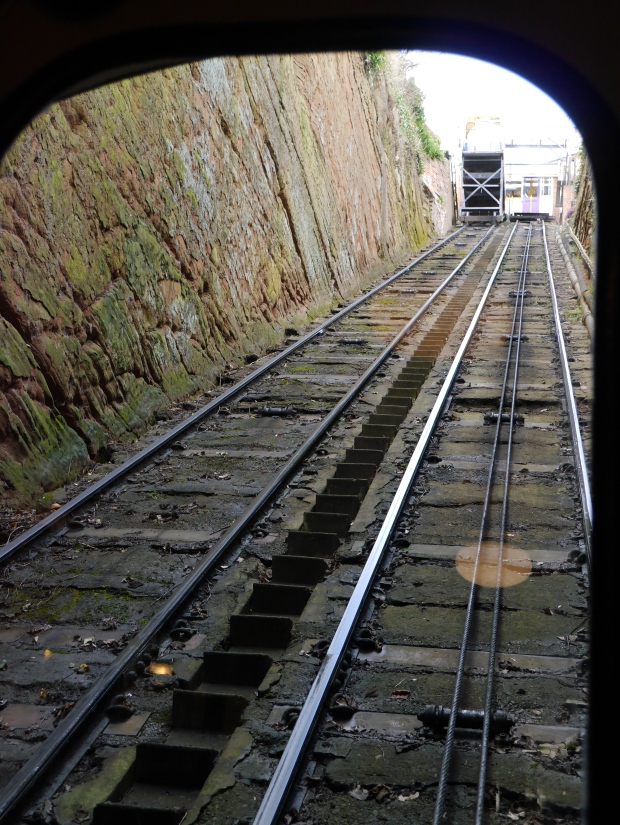At the beginning of my Doctorate I made a promise to myself that I would, where possible, publish my work as I progressed. This has been working well. However there is no appropriate “traditional” place to publish a reflective commentary that was submitted in May 2017. This looked at the impact doing a Doctorate would have on my field, my role as a practitioner and on myself. So here we are in the “non-traditional” publishing place.
The plan is to share the portfolio in four abridged blog posts as I believe they will be of benefit to anyone considering this journey. The sub-headings have been added for the blog posts and these reflective pieces are very honest so please be kind.
PART 1: IMPACT ON FIELD
Why not recycle research from other fields?
Snaith, Harris and Harris (2016) acknowledge that the radiography profession is emerging as a research active profession and developing its own research evidence based. While it is reasonable to draw parallels form research from other healthcare professions, as documented by Reeves (1999), DI radiographers tend to spend limited time with patients and are often thought of as “hit and run carers”. This is confounded by the fact that DI radiographers rarely encounter the same patient again and have to manage the technical components of their role during this time (Strudwick, MacKay & Hicks, 2011).
The radiography research vision.
The 2016-2021 Society and College of Radiographers Research Strategy document lays out the research vison for the profession of radiography in the next five years:
“To improve patient care and outcomes by continuing to develop, grow and implement a high quality evidence-base that addresses key patient-focused research priorities”
From a reductionist viewpoint it is easy to quantify the impact on the field of radiography of personally completing doctoral level study. It is the Society and College of Radiographer’s (SCoR) expectation that by 2021 1% of the workforce (n=300) will hold or be working towards a doctoral level award. Currently there are ~120 radiographers’ who hold doctorates (Snaith et al., 2016). Increasing the number of radiographers holding doctorates is seen as an enabler to embed research at all levels of radiography practice through development of skilled and motivated research-active members of the profession (SCoR, 2016).
For those working in academia a recommendation in the national research strategy is for the doctoral award to be the preferred qualification for those seeking to work in radiography education thus expanding the capacity for doctoral supervision and providing pre-registration learners with role-models. This is particularly important in the future as it is estimated that 30% of the radiography teaching population is due to retire in the next 10 years. Over 25% of radiographers who currently hold a doctorate qualification are also due to retire within 10 years. (Knapp et al., InPress).
Direction of travel
In January 2017 “The College of Radiographers Research Priorities for the Radiographic Profession” was published adding a direction to the SCoR research vision and aims (SCoR, 2017). It outlines where the College of Radiographers would like research funding to be focused. Through Delphi rounds, 133 research topics gaining group consensus are listed and these have been collated into five theme areas: accuracy and safety; technological innovation; public and patient experience; service and workforce transformation; education and training. This is the first list of research priorities published by SCoR to identify education as its own category. Of note for this researcher are the following research priorities:
*25: Evaluating the education and workforce requirements to meet future service needs.
*34: What will the imaging service demands be by 2020 and how will we meet them?
*55: Patient involvement, to improve patient experience and guide practice.
As highlighted in the portfolio protocol (section one) there is much discussion on topics 25 and 34 [(Nightingale, 2016) & (Sloane, 2016)].
Plan, Do, Check, ACT
This thesis seeks to address this with regards innovation in pre-registration diagnostic imaging curriculum design. However one notes that the time to complete this doctorate, six years part-time, does add a challenge of another researcher or research group presenting and publishing on this area of practice. Consequently my work may have no impact on the field. To minimise this risk I have included in the project planning Gantt chart key times to publish the research work during the doctoral process. Not only does this ensure dissemination of the process and findings, it also ensures that the novel application of the proposed data collection tool can be traced to myself even if someone else starts researching in this area. To date publishing as the research develops has led to two outputs [(St. John-Matthews, 2016); (St .John-Matthews, Wallace & Robinson, 2017)].
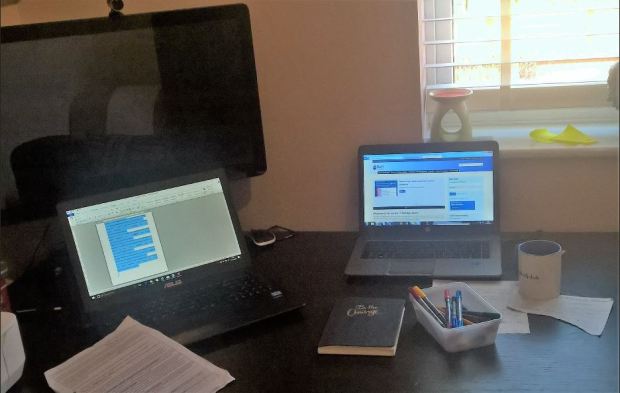
*Welcome to my home-study where I spend most of my free time. #medradjclub mug a key requirement for all the coffee!
References
- Knapp, K.M., Wright, C., Clarke, H., McAnulla, S.J. & Nightengale, J. M. (InPress) The academic radiography workforce: Age profile, succession planning and academic development. Radiography http://www.radiographyonline.com/article/S1078-8174(17)30069-X/fulltext
- Nightingale, J. (2016). Radiography education funding – Crisis or opportunity? Radiography, 22(2), 105–106. https://doi.org/10.1016/j.radi.2016.03.003
- Reeves, P. (1999). Models of Care for Diagnostic Radiography and Their Use in the Education of Undergraduate and Postgraduate Students. PhD, University of Wales, Bangor. Retrieved from: http://e.bangor.ac.uk/4068/1/DX214131.pdf
- Society & College of Radiographers. (2016a). Research Strategy 2016-2021. Retrieved from: https://www.sor.org/learning/document-library/research-strategy-2016-2021
- Society & College of Radiographers. (2017). The College of Radiographers Research Priorities for the Radiographic Profession. Retrieved from https://www.sor.org/learning/document-library/college-radiographers-research-priorities-radiographic-profession
- Sloane, C. (2016). Challenges and opportunities in educating the medical imaging practitioner workforce. Imaging and Oncology, (2016 ed.), 44–47.
- Snaith, B. Harris, M., & Harris, R. (2016). Radiographers as doctors: A profile of UK doctoral achievement. Radiography, 22(4), 282-286. https://doi.org/10.1016/j.radi.2016.04.006
- St. John-Matthews, J. (2016). Fit for practice; fit for purpose: A critical appraisal of diagnostic radiographer first post experiences literature. In: UK Radiological Congress (UKRC), Liverpool, UK, 30 May- 01 June 2016. Available from: http://eprints.uwe.ac.uk/29087
- St. John-Matthews, J., Wallace, M. and Robinson, L. (2017) The Delphi technique in radiography education research.Radiography. [In Press] Available from: http://eprints.uwe.ac.uk/31280

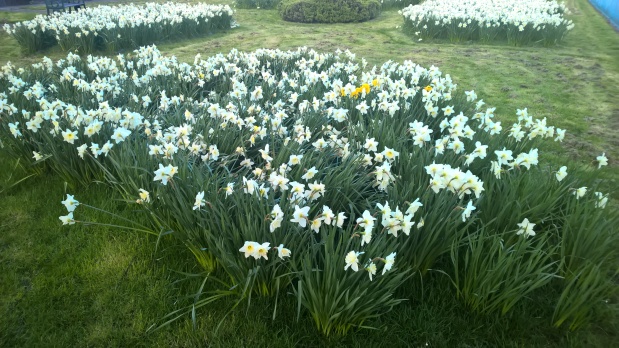
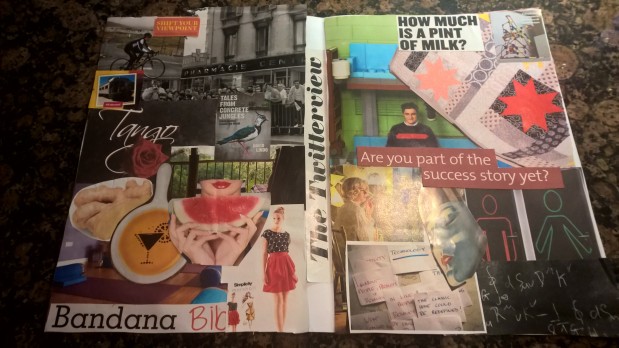 I am currently sat on the 16:37pm train from London Paddington to Newport after a weekend on the first ever Happenista retreat with Executive Coach Jenny Garrett. I booked onto the event months ago however have been somewhat secretive about where I was going. I am not sure why- maybe the thought of 48 hours of me time seemed too indulgent. There is always so much that needs doing on weekends. From work work, house chores to doctorate work and co-ordinating my son’s social diary. Or perhaps my friends and family would not understand the purpose of a retreat. As I sit here the guilt is gone, I feel energised and refreshed. Here is a taster of what the weekend has been about.
I am currently sat on the 16:37pm train from London Paddington to Newport after a weekend on the first ever Happenista retreat with Executive Coach Jenny Garrett. I booked onto the event months ago however have been somewhat secretive about where I was going. I am not sure why- maybe the thought of 48 hours of me time seemed too indulgent. There is always so much that needs doing on weekends. From work work, house chores to doctorate work and co-ordinating my son’s social diary. Or perhaps my friends and family would not understand the purpose of a retreat. As I sit here the guilt is gone, I feel energised and refreshed. Here is a taster of what the weekend has been about.